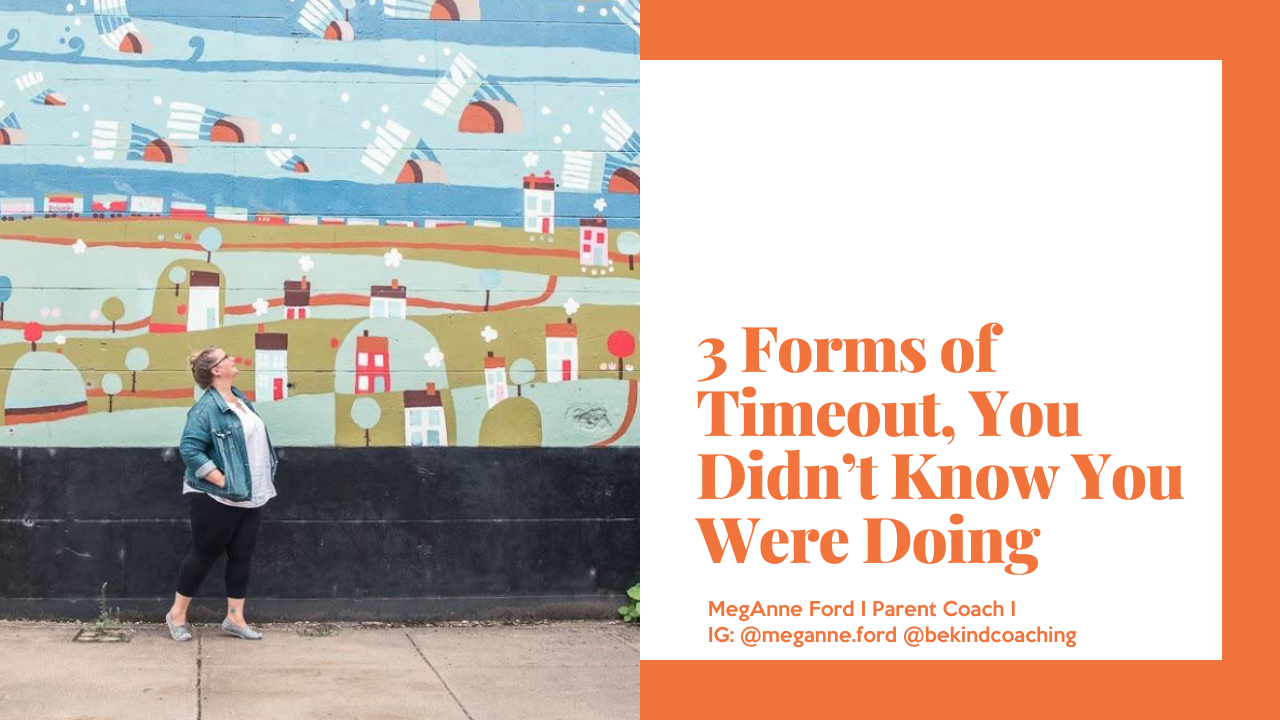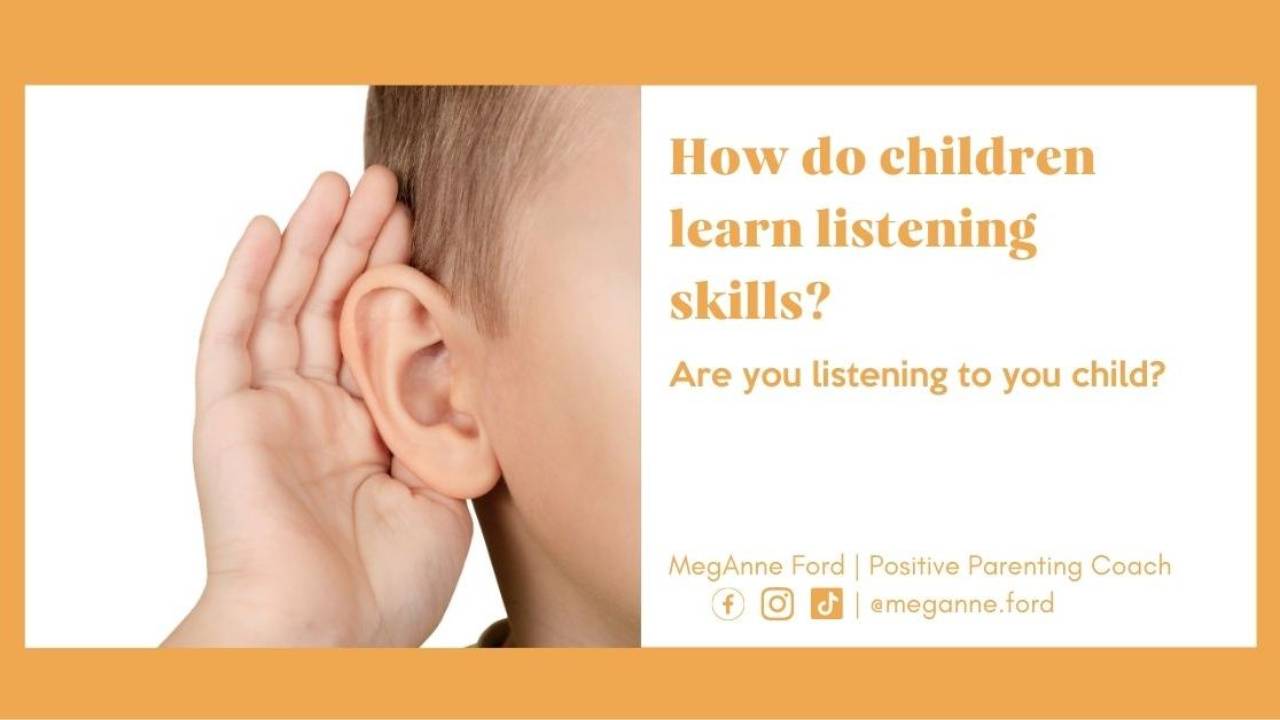
What are time outs?
Mar 01, 2023
Time Outs were popularized in the 1980s as an alternative to spanking. Unfortunately, it is a widely used parenting strategy that has unforeseen consequences.
What is a time out?
The CDC defines a time out as a time-out is when your child is removed from where the misbehavior happened. Your child is away from all things that are fun. She does not get any attention in time-out. She cannot interact with her parents or anyone else. Time-out is boring. Time-out works to change problem behaviors because children don’t usually like to be bored.
If you're alive and breathing, you have experience with some type of time-out. It is probably the most widely used parenting strategy ever.
On Pinterest, you can find an adorable DIY project for a “naughty chair,” which can include, if you so wish, a timer. Time out has become so ingrained that we now have a method for the duration of punishment based on age, 1 minute per year. I used it in my classroom, on the playground, at gym class. It was my go-to strategy to dissolve conflict.
But I am here to tell you that we got it wrong.
Let’s talk about what time out is. Time out is a parenting strategy that uses isolation as punishment. While many of us have different strategies for this process, the framework remains the same. The child makes a mistake, and the parent feels the need to punish the mistake, and the child is put in isolation.
Are Time Outs Effective?
Parents have many common beliefs about the effectiveness of time out. These beliefs include children’s increased feelings of remorse, increased ideal behaviors, and reduced future misbehaviors. Parents are unaware of the many different types of time out and the long-term negative effects. This can be understood when you know how our sympathetic nervous system works.
The sympathetic nervous system is designed to protect us from danger. This is a part of our body that we do not control. It’s subconsciously regulated. The sympathetic nervous system will dilate eyes, increase heart rate, increase adrenaline & cortisol and prepare us for our fight, flight, freeze, and fawn response. So when we perceive a threat- it kicks in. This can account for why children are triggered when using timeout- and why parents are triggered to use it. Together they perceive a threat and miss the opportunity to strengthen connection and emotional intelligence.
How can time outs affect you and your child?
Dan Siegel explains it perfectly inside his hand model of the brain. The brain has three main parts, and each part is designed with a special function in mind.
The lower brain asks the question, “Am I safe?” and is responsible for the fight, flight, freeze, and fawn response.
The mid-brain asks, “Am I loved?” and is the home of our emotional being- requiring a connection.
The frontal lobe is where our critical and logical mind lives and asks the question, “What am I learning?” The trick is that we can only access logic after knowing we are physically and emotionally safe.
This is why time outs are often ineffective- it doesn’t provide the safety required to reflect and learn.
Even if you're not sending your child into isolation, here are 3 other types of time out that you may be using:
Exploring three types of time outs
Each one of these is something that might be happening inside your home. If you would like new tools, I am MegAnne Ford, a Parent Coach who takes a hands-on approach to support parents in learning and implementing Positive Parenting in their homes. A great place to start is by taking the 5 days to experience the method that I teach called C.L.E.A.R. start your free 5 Day journey to a clear and kind home, a tour around the Be Kind Coaching campus.
Physical time out: Taking something ng away
Physical time outs can look like a lot of things. On top of putting your child in their room for 5 minutes, it can also look like taking something they cherish away. If your child is playing on their iPad and not giving it up without a fight- it’s easy to say, “No iPad tomorrow!” Which would trigger a lower brain emotional response.
Even though we’re not putting the child in timeout- we are putting something they enjoy in timeout and triggering a similar response.
Instead of using threats and punishments, I highly recommend creating an agreement and practicing respecting the agreement.
Verbal time out: “Because I said so….”
As adults, we often forget that children are perceptive beings, and they are taking in everything as truth. When we use our words in a sarcastic, derogatory or yell, we are taking away respect and power from the children we care so deeply for. We send mixed messages, and the child may become confused and distrustful.
When we choose to use our words as a way to manipulate behavior by making threats or in a loud way- again, a child’s body will perceive a threat, and it will shift into the lower brain reaction.
I encourage you to connect to your child first instead of using threats and bribes. Use your words to ask for space, validate feelings, and emotionally coach your child through a difficult moment.
Emotional time out: Shame
I classify the lesser-seen but highly felt version of the time out as an emotional timeout. This may look like using shame and cold-shouldering as a way to emotionally manipulate a child to behave. This may sound like “You are such a mess.” or “I am done with you today.” These are all ways we begin to use our emotions to sway a child to behave- because they want your love and connection.
That’s the goal of the mid-brain is to stay connected and feel loved. So when we use our emotions as a tool against someone- it can be perceived the same as timeout.
I encourage all parents to strengthen their emotional intelligence so that when faced with challenging behavior, they do not react in anger but instead respond with connection.
Time outs do not work
I know that timeout is something I used a lot when I was a teacher- and I thought it was “better” than other forms of punishment. I would say things to the child-like, “this is your consequence for hitting,” and miss so many opportunities to truly understand what was happening below the surface.
I simply relied on reacting to what I saw and interpreted as “bad behavior” and missing the moments to connect, build the skills, and meet the needs that were missing.
To Go into this deeper, here are three podcasts that deeper:
3 Forms of time out you Didn't know you were doing?
Why Parents Use Time Outs
3 Alternatives to Time Out
What gets in the way of removing time outs?












